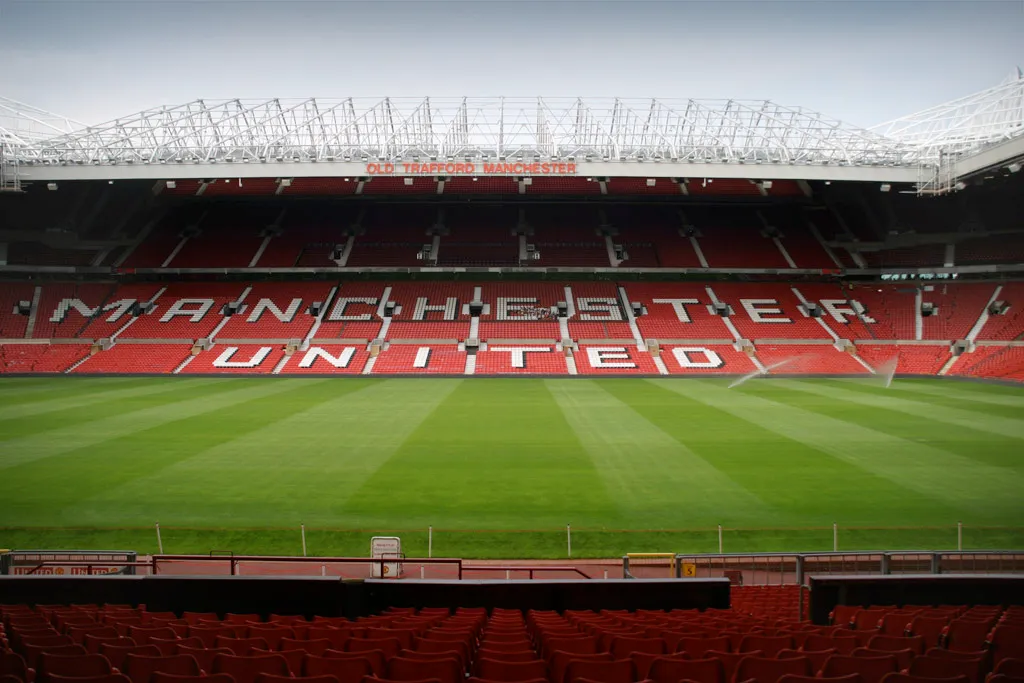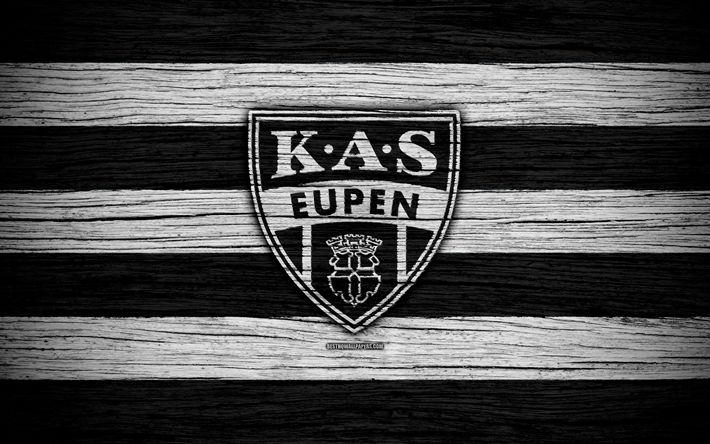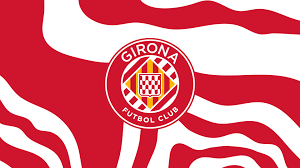
Old Trafford Stadium
Old Trafford Stadium, known as the “Theatre of Dreams,” is one of the most iconic football stadiums in the world. Located in Greater Manchester, England, it has been the home of Manchester United Football Club since 1910 and is the largest club stadium in the United Kingdom, with a seating capacity of over 74,000. With a rich history, legendary matches, and an electrifying atmosphere, Old Trafford is more than just a 79king football stadium—it is a symbol of Manchester United’s legacy.
A Brief History of Old Trafford
Early Years (1910-1945)
Old Trafford was designed by Scottish architect Archibald Leitch and officially opened on 19 February 1910, with Manchester United playing their first match against Liverpool. Originally, the stadium had a capacity of around 80,000, featuring a single covered stand and open terraces.
During World War II, Old Trafford suffered significant damage when a German bombing raid in 1941 destroyed large parts of the stadium, forcing Manchester United to temporarily play their home games at Maine Road, the home of local rivals Manchester City. It was rebuilt and reopened in 1949, with modern improvements to enhance its facilities.
Post-War Expansion (1950s-1990s)
Following the war, Old Trafford underwent numerous renovations to keep up with the growing demands of football fans. One of the most significant changes came in the 1950s, when floodlights were installed, allowing for evening matches.
In the 1960s and 1970s, the stadium continued to grow, with new stands and seating areas replacing old terraces. The demand for seating increased following the Hillsborough disaster in 1989, leading to the complete removal of standing areas. By the 1990s, Old Trafford became an all-seater stadium with a capacity exceeding 55,000.
Modernization and Expansion (2000s-Present)
The early 2000s saw further expansion, particularly with the addition of the North and East stands, bringing the capacity to over 74,000. These upgrades made Old Trafford the largest club stadium in England, surpassing Anfield (Liverpool) and the Emirates Stadium (Arsenal).
While discussions about expanding the capacity to 80,000+ have surfaced over the years, logistical and financial challenges have prevented further major expansions. However, the stadium remains one of the most advanced in the world, regularly hosting major events beyond football, such as concerts and international matches.
The Structure and Features of Old Trafford
1. Stands and Seating
Old Trafford is divided into four main stands:
- Sir Alex Ferguson Stand (North Stand): The largest and most iconic stand, named after the club’s greatest manager, Sir Alex Ferguson.
- South Stand (Sir Bobby Charlton Stand): Houses executive seating and the club’s museum.
- East Stand: Home to die-hard fans and famous for the banners supporting Manchester United.
- West Stand (Stretford End): The most passionate section of the stadium, where Manchester United’s most vocal supporters sit.
2. Manchester United Museum and Tour
Old Trafford is home to the Manchester United Museum and Tour Centre, which attracts thousands of visitors each year. The museum showcases the club’s history, trophies, legendary players, and memorabilia, while the guided stadium tour allows fans to explore the dressing rooms, players’ tunnel, and dugout areas.
3. The Munich Tunnel
A significant part of Old Trafford’s heritage is the Munich Tunnel, which commemorates the Munich Air Disaster of 1958. The disaster tragically took the lives of eight Manchester United players and staff members. Today, this tunnel serves as a place of remembrance for fans and visitors.
Memorable Moments at Old Trafford
1. Historic Matches
Old Trafford has hosted numerous legendary matches, including:
- Manchester United 4-3 Real Madrid (2003 UEFA Champions League) – A thrilling game featuring a hat-trick from Brazilian legend Ronaldo Nazário.
- Manchester United 8-2 Arsenal (2011 Premier League) – A record-breaking victory for United over their Premier League rivals.
- Manchester United 2-1 Bayern Munich (1999 UEFA Champions League Final) – Although played at Camp Nou, the celebrations at Old Trafford after United’s dramatic comeback remain unforgettable.
2. Hosting International Events
Aside from club football, Old Trafford has been a major venue for international competitions, including:
- 1966 FIFA World Cup Matches
- 1996 UEFA European Championship
- 2012 London Olympics Football Matches
The Atmosphere at Old Trafford
One of the defining characteristics of Old Trafford is its electric atmosphere. The Stretford End is particularly famous for its passionate supporters, who create an intimidating environment for opposing teams. The chants, banners, and unwavering support from fans make every match at Old Trafford an unforgettable experience.
However, in recent years, some critics have pointed out that the atmosphere has become quieter, partly due to rising ticket prices and changing demographics in the stands. Nevertheless, major matches against rivals such as Liverpool, Manchester City, and Arsenal always bring out the best of Old Trafford’s famous crowd.
Challenges and the Future of Old Trafford
While Old Trafford remains one of football’s greatest stadiums, it faces challenges, including:
- Aging Infrastructure: Some areas of the stadium require modernization to meet the standards of newer stadiums like Tottenham Hotspur Stadium or the Etihad Stadium.
- Possible Expansion: There have been discussions about increasing the seating capacity to over 80,000, but this would require significant investment.
- Ownership Issues: Protests against the Glazer family, Manchester United’s owners, have raised questions about the club’s financial future and stadium redevelopment plans.
Despite these challenges, Old Trafford continues to be one of the most prestigious and recognized stadiums in the world. Whether through future expansions or improvements, it remains at the heart of Manchester United’s identity.
Conclusion
Old Trafford is not just a stadium; it is a sacred ground for football fans worldwide. From its historic matches and passionate crowd to its deep-rooted legacy in Manchester United’s history, the Theatre of Dreams remains a place of excitement, glory, and unforgettable football moments.
For United supporters, stepping into Old Trafford is a pilgrimage, a chance to witness the greatness of a club that has shaped football history. As Manchester United looks towards the future, one thing is certain—Old Trafford will always be a symbol of the Red Devils’ enduring legacy.



